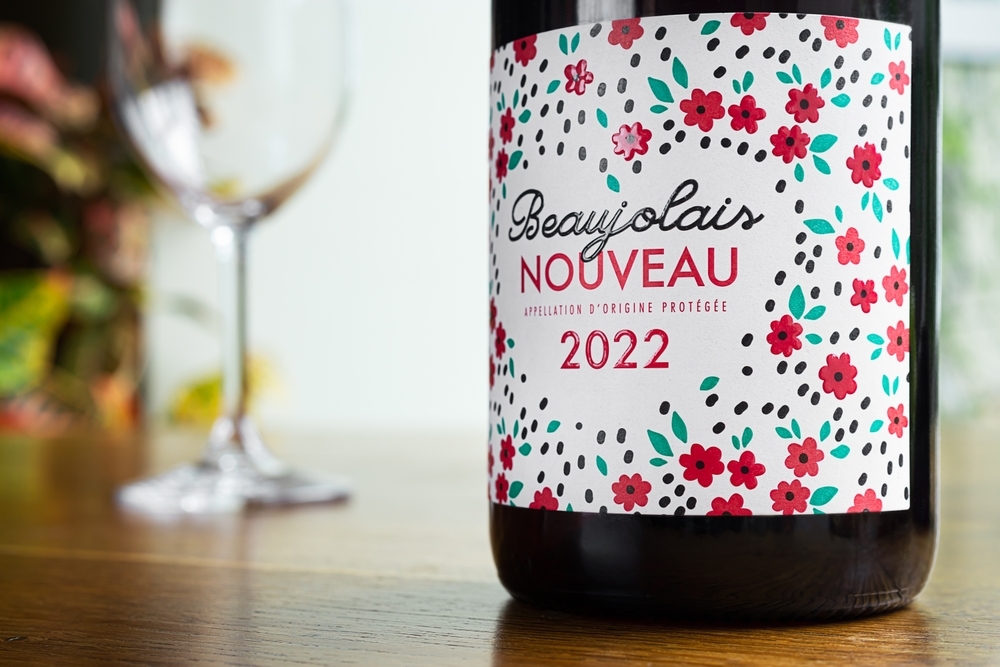Exploring the World of Ice Wine: A Comprehensive Guide

Ice wines are sweet dessert wines prepared from frozen grapes, considered unique and luxurious treats for wine enthusiasts. It has a unique taste and texture that makes it a favorite among oenophiles around the world. Ice wines make an excellent savory for the cold seasons, bringing the entire winter flavor into your mouth. The swirling tastes and aromas give an otherworldly feeling to the ones who love to explore outside the standard wines. Lets explore what makes ice wine unique, how it's made, and its best pairings.
What Is Ice Wine?
Ice wine is a specific category of dessert wine uniquely prepared from grapes left to freeze on the vine. The freezing process concentrates the sugar and acidic flavors in grapes, creating a unique flavor profile that stands out from other wines. Ice wines have a sweeter hint than other wines and are known to comprise a higher alcohol content.
The most popular types of ice wines are made with Riesling, Gewrztraminer, and Vidal grapes, and each grape's flavor profile brings out the exquisite flavor and texture of the wine. Ice wine production is a highly regulated and time-sensitive process. Grapes must be picked and pressed while frozen, and the entire process must be executed within 24 hours. Ice wine production is only possible in climates where the temperature drops low enough for the grapes to freeze.
History of Ice Wine
The first recorded mention history of ice wine was in Germany in the late 1700s, but some believe it may have been produced as early as the 1600s. Ice wine production was initially used to preserve grapes in cold climates, but the sweetness and complexity of the wines quickly made them popular among aristocratic circles. In the early 1900s, ice wine production spread to other European countries, Canada, and the United States. Today, ice wines are produced in countries worldwide, with Canada and Germany being two of the most prominent producers. These instances that bring out the history of wines give us a keen insight into which type of ice wine to go for.
How Is Ice Wine Made?

Making ice wine preparation requires precision and patience, and the grapes must be harvested and pressed while frozen within 24 hours. The grapes are then chilled and depressed, and the juice is fermented slowly at a low temperature to preserve the unique flavors and aromas. The fermentation process can take up to several months, and the wine must be aged for at least seven months before it is ready for bottling. The wine is regularly tasted to ensure it is developing correctly. Once the aging process is complete, the wine is bottled and labeled.
Health Benefits of Ice Wine
Ice wine, with its delightful flavor, has several potential health benefits. They are low in calories and contain antioxidants like polyphenols. These boost the reduction of inflammation and protect against chronic diseases. Ice wines also contain resveratrol, which reduces the risk of heart disease and cancer. However, it's important to note that ice wines are still wines and should be consumed in moderation. While they may have potential health benefits, drinking too much can still lead to adverse health consequences.
Different Varieties of Ice Wine
Various grape varieties are used to make ice wine, and the choice of grape can significantly influence the wine's flavor profile. Here are some of the most common grape varieties used to make iced wine:
Riesling is the most famous grape variety for making ice wine. It is known for its high acidity, which balances the wine's sweetness and vibrant fruity and floral flavors. Ice wine from Riesling grapes exhibits peach, apricot, honey, and citrus notes.
Vidal Blanc: Vidal Blanc is a hybrid grape variety well-suited for making ice wine in regions with cold winters. It produces a rich and fruity wine, consisting of flavors like pineapple, pear, and tropical fruits.
Cabernet Franc: Red ice wines are rare but equally delicious. Cabernet Franc grapes are used to make red ice wine, which has a deep red color and flavors of red berries, plum, and sometimes a hint of spice.
Gewrztraminer: Gewrztraminer is known for its aromatic and spicy qualities. It can produce a wine with intense floral aromas, lychee notes, and a spicy finish when used for ice wine production.
Chardonnay: Chardonnay is a versatile grape used for both still and sparkling wines, but it can also be used to make iced wine. Ice wine made from Chardonnay grapes tends to be rich and buttery, with flavors of baked apple, caramel, and vanilla.
Pairing Ice Wine with Food

There are numerous food pairings for different wines, each with its own unique combination of flavors. Ice wines are best served chilled and paired with desserts and cheeses. The sweetness of the iced wine pairs perfectly with rich, creamy desserts such as crme brle or cheesecake. Ice wines also pair well with cheeses such as blue cheese or brie. Other known pairings that go best with ice wines are:
Sushi and Seafood: Light and fresh seafood dishes work well with iced wine like sushi or sashimi. The wine's acidity can cut through the richness of certain fish.
Blueberry Pancakes: A unique breakfast or brunch pairing, the natural sweetness of blueberry pancakes complements the wine's flavors.
Soft Chocolate: While dark chocolate can be overpowering, delicate chocolates like milk chocolate or white chocolate can work well with ice wine.
Spiced Desserts: Desserts with warm spices like cinnamon or nutmeg, such as apple pie or spiced cake, can be a cozy pairing with iced wine.
Aged Meats: Some ice wines can pair surprisingly well with aged meats like prosciutto or a well-aged steak. The sweetness of the wine complements the savory flavors of the flesh.
Serving Ice Wine
Ice wine should be served chilled, ideally between 45-50F. To help, open the bottle and pour a small amount into a wine glass. Swirl the wine to release the aromas, and take a few sips to appreciate the flavor fully. Ice wines tend to be more expensive than other wines due to the cost of production and the limited supply. A 375ml bottle of iced wine can range from $20-50, depending on the variety and producer.
Ice wines are widely available in most wine shops and supermarkets. When buying ice wine, look for ice wine or eiswein bottles and ensure the bottle is sealed correctly. Ice wines should be stored in a cool, dark place and consumed within a year of purchase.
Suggested Read: Exploring the Different Types of Wine: A Guide
Conclusion
There is so much to know about what is ice wine and its numerous ways of being enjoyed worldwide. It is a divine difference between the regular elegance of wines and the brisk standing out of ice wines' flavors. The experience of ice wines brings a cold, wintery effect to the table, giving the celebrations through chills and sweetness. So what's the wait, grab your favorite iced wine and pour the little enjoyments right away.
This content was created by AI
No keywords available
-1717753922-r.jpg)


